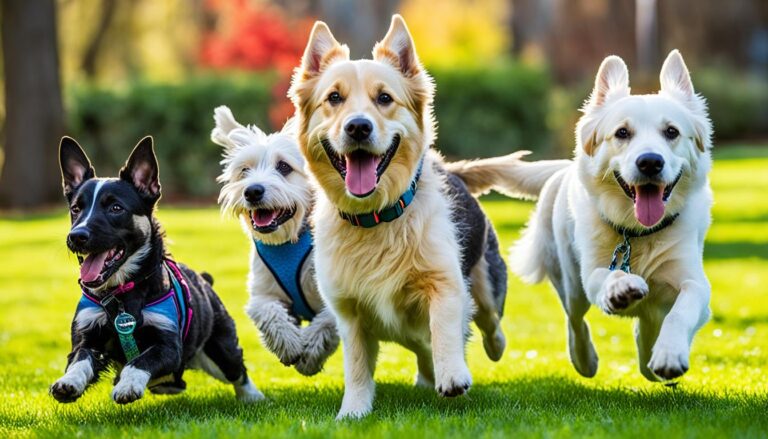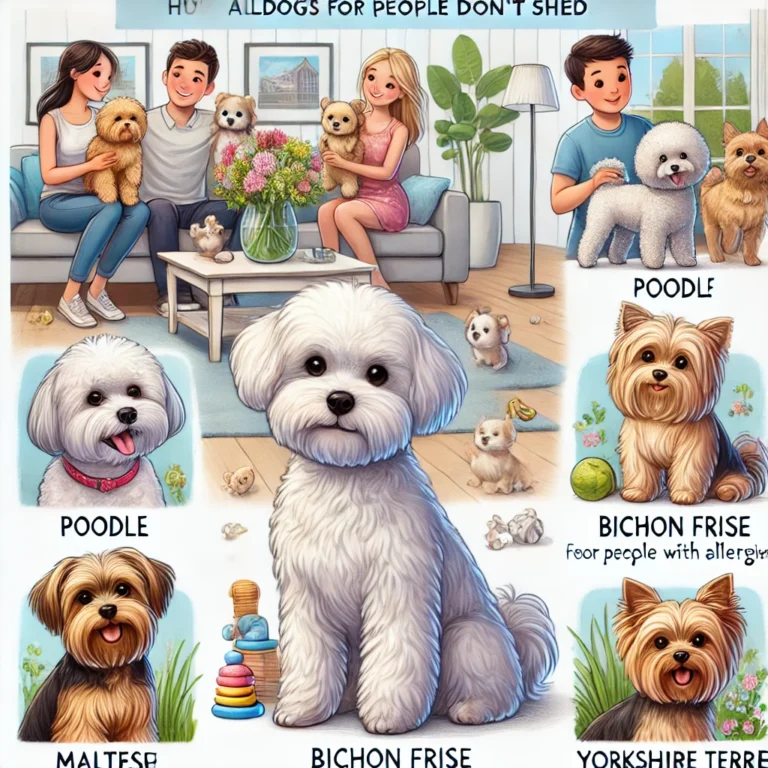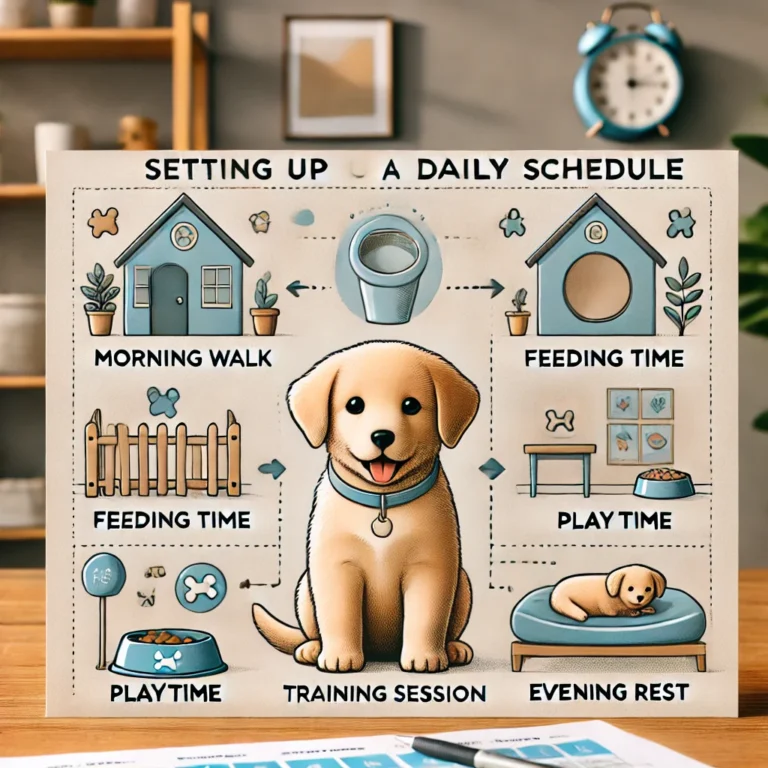Comprehensive Guide to the Top Dog Questions Answered
Introduction
In the digital age, our curiosity about our canine companions has never been more evident. A groundbreaking study conducted by WhatAnimalsEat.com has unveiled the top 10 most Googled dog questions worldwide, offering a fascinating glimpse into the minds of dog owners and enthusiasts across the globe. This research not only highlights the deep connection between humans and their furry friends but also underscores the importance of understanding dog behavior and health to provide the best possible care for our four-legged family members.
As we delve into these burning questions, we’ll explore the intricacies of canine behavior, health, nutrition, and care. Whether you’re a seasoned dog owner or considering bringing a furry friend into your life, this comprehensive guide will provide valuable insights and practical advice to enhance your relationship with your canine companion.
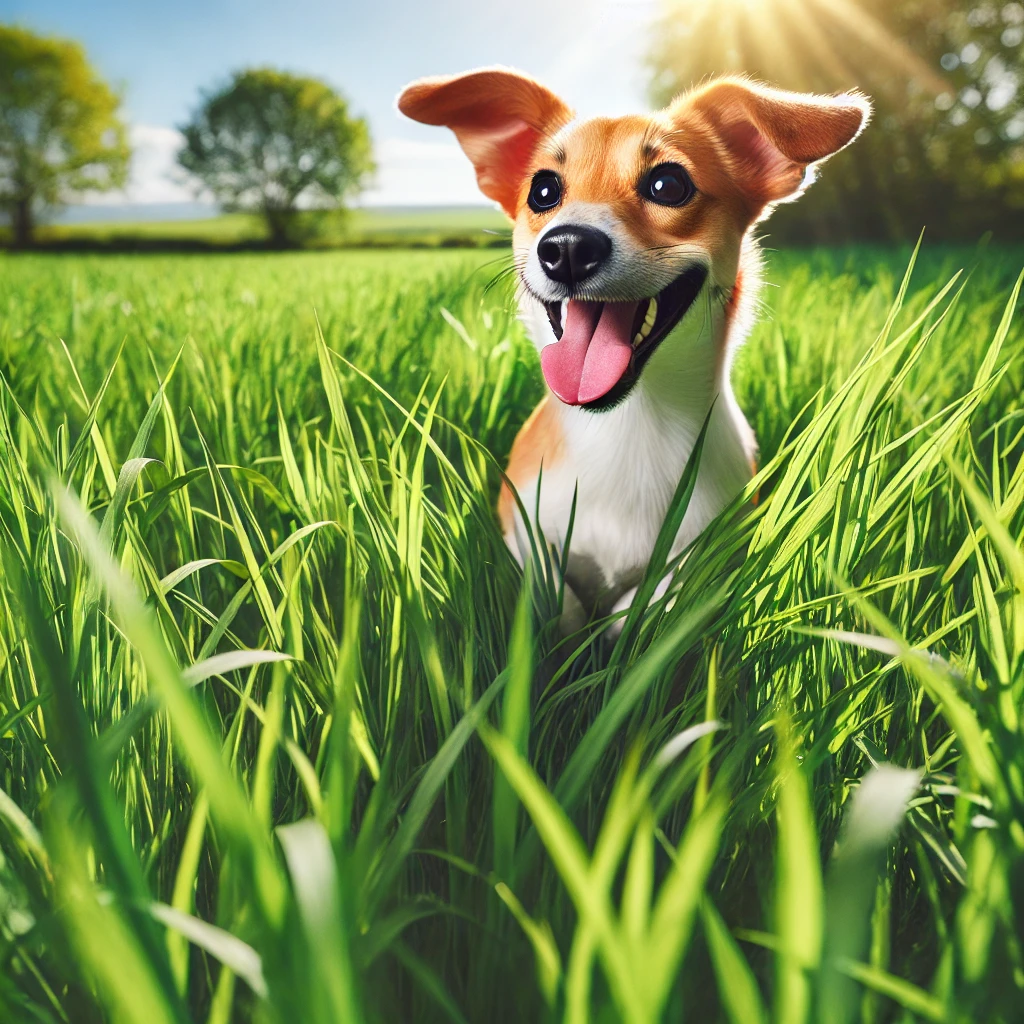
1. Understanding Dog Behavior
Why Do Dogs Eat Grass?
One of the most perplexing behaviors dog owners often encounter is their pets’ tendency to munch on grass. This habit, while common, can be attributed to several factors:
- Nutritional Deficiencies: Some experts believe that dogs may eat grass to supplement their diet with fiber or other nutrients they might be lacking.
- Digestive Aid: Grass consumption can help dogs induce vomiting if they’re experiencing stomach discomfort or have ingested something harmful.
- Boredom or Anxiety: Sometimes, dogs may eat grass out of boredom or as a coping mechanism for anxiety.
- Instinctual Behavior: Wild canines are known to eat all parts of their prey, including the stomach contents of herbivores, which often contain grass and other plant matter.
- Taste Preference: Some dogs simply enjoy the taste or texture of grass.
While occasional grass-eating is generally not a cause for concern, it’s essential to monitor this behavior. If your dog’s grass consumption becomes excessive or leads to frequent vomiting, it’s advisable to consult a veterinarian to rule out any underlying health issues.

Why Do Dogs Eat Poop?
The scientific term for the consumption of feces is coprophagia, and while it may be revolting to humans, it’s not uncommon in the canine world. Several reasons can explain this behavior:
- Nutritional Deficiencies: In some cases, dogs may eat feces if their diet lacks essential nutrients.
- Learned Behavior: Puppies might learn this behavior from their mothers, who often clean them by licking, including consuming their waste.
- Stress or Anxiety: Some dogs may engage in coprophagia as a response to stress or anxiety in their environment.
- Medical Conditions: Certain health issues, such as parasites or conditions affecting nutrient absorption, can lead to this behavior.
- Attention-Seeking: In some instances, dogs may eat poop to get a reaction from their owners.
- Cleanliness: Mother dogs often consume their puppies’ feces to keep the den clean.
If your dog persistently eats feces, it’s crucial to consult with a veterinarian to rule out any health issues. Additionally, behavior modification techniques and ensuring a balanced diet can help address this habit.

Why Do Dogs Lick You?
Dog licking is a multifaceted behavior that can convey various messages:
- Affection: Licking is often a sign of love and bonding, similar to how a mother dog licks her puppies.
- Attention-Seeking: Dogs may lick to get their owner’s attention or to initiate play.
- Taste Exploration: Your skin’s saltiness or the remnants of food can be appealing to dogs.
- Submission: In some cases, licking can be a submissive gesture, especially when directed at more dominant dogs or humans.
- Stress Relief: Licking can release endorphins in dogs, helping them feel calmer.
- Grooming: Dogs may lick their owners as part of their natural grooming instinct.
- Medical Issues: Excessive licking of humans or objects can sometimes indicate underlying health problems or anxiety.
While licking is generally harmless, it’s essential to establish boundaries if the behavior becomes excessive. If you notice a sudden increase in licking or if it’s accompanied by other unusual symptoms, consult with your veterinarian.
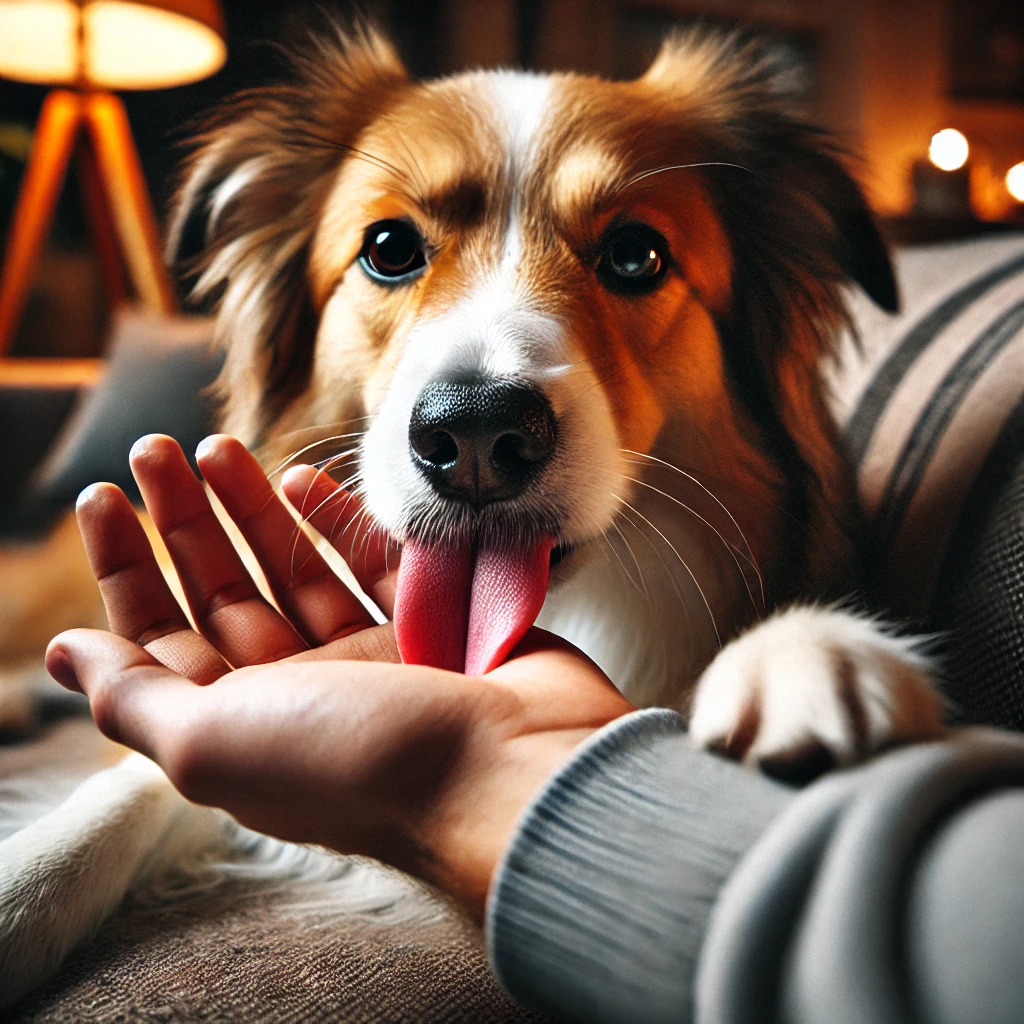
2. Dog Health and Wellness
How Long Are Dogs Pregnant?
Understanding canine pregnancy, also known as the gestation period, is crucial for breeders and dog owners alike. The average duration of a dog’s pregnancy is approximately 63 days from conception, though it can range from 58 to 68 days. Several factors can influence the exact length of pregnancy:
- Breed Size: Smaller breeds tend to have slightly shorter gestation periods compared to larger breeds.
- Litter Size: Larger litters may result in slightly earlier births.
- Individual Variation: Just like humans, individual dogs may have slight variations in their pregnancy duration.
- Accuracy of Breeding Date: The estimated due date can be affected by the accuracy of the recorded breeding date.
During pregnancy, it’s essential to provide proper nutrition, regular veterinary check-ups, and a comfortable environment for the expectant mother. Signs of impending labor include a drop in body temperature, restlessness, and nesting behavior.

Why Is My Dog Shaking?
Dog shaking can be caused by various factors, ranging from normal behaviors to serious medical conditions:
- Cold: Like humans, dogs may shiver when they’re cold.
- Excitement or Anxiety: Shaking can be a response to emotional states such as excitement, fear, or anxiety.
- Pain or Discomfort: Shaking may indicate that your dog is experiencing pain or discomfort.
- Toxin Ingestion: Certain toxins can cause tremors or shaking in dogs.
- Medical Conditions: Neurological disorders, metabolic problems, or infections can lead to shaking.
- Old Age: Senior dogs may develop tremors due to muscle weakness or other age-related issues.
- Breed-Specific Traits: Some small breeds, like Chihuahuas, are prone to shaking.
If your dog’s shaking is persistent, severe, or accompanied by other symptoms such as lethargy, loss of appetite, or changes in behavior, it’s crucial to seek veterinary attention promptly.
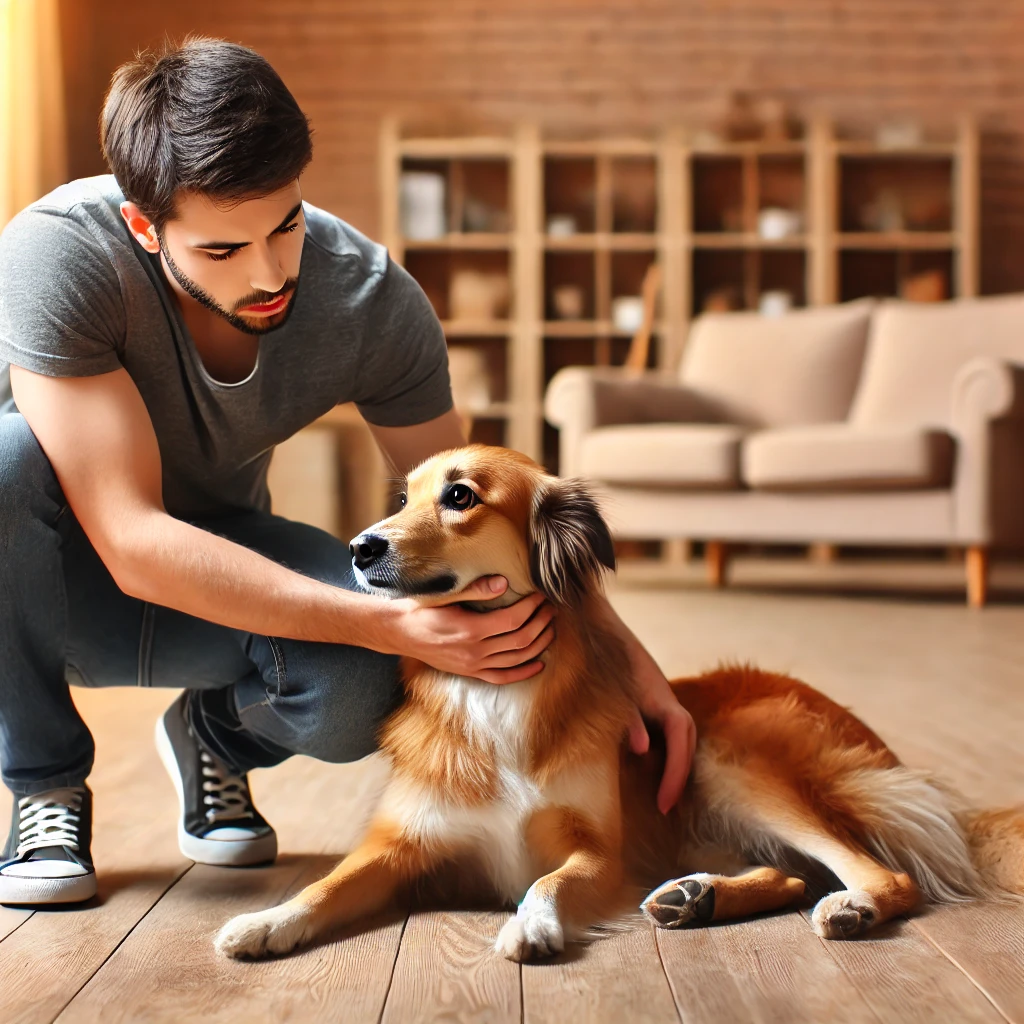
How Long Do Dogs Live?
The lifespan of dogs varies significantly based on several factors:
- Breed: Generally, smaller breeds tend to live longer than larger breeds. For example:
- Chihuahuas: 12-20 years
- Labrador Retrievers: 10-14 years
- Great Danes: 7-10 years
- Size: Smaller dogs often have longer lifespans compared to larger dogs.
- Genetics: Some breeds are predisposed to certain health conditions that can affect lifespan.
- Diet and Exercise: Proper nutrition and regular exercise contribute to longevity.
- Healthcare: Regular veterinary check-ups and preventive care can help extend a dog’s life.
- Environment: Factors such as stress levels and exposure to toxins can impact lifespan.
- Spaying/Neutering: Studies suggest that spayed/neutered dogs may live slightly longer on average.
While these factors provide general guidelines, it’s important to remember that each dog is unique, and individual care plays a significant role in determining lifespan.
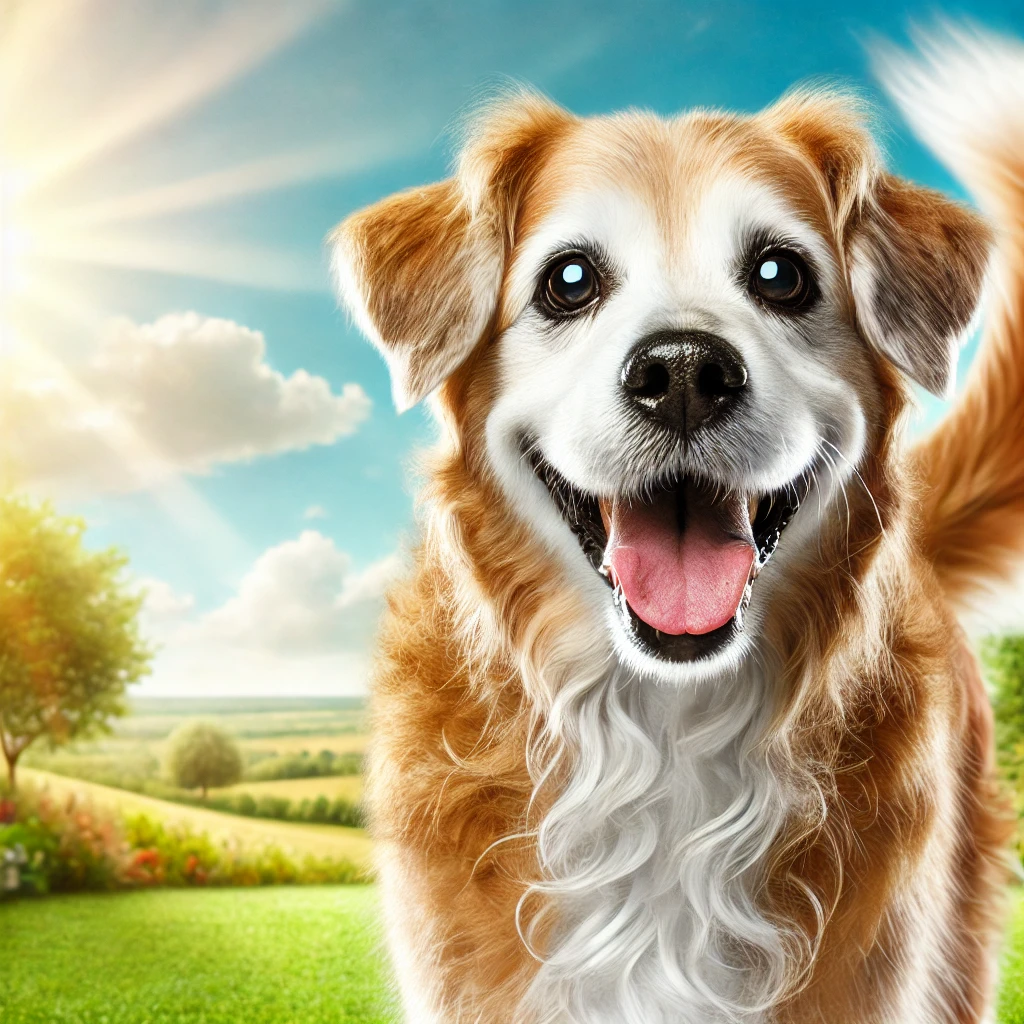
How to Help a Dog with Arthritis
Arthritis is a common condition in older dogs, but with proper care, you can help manage their discomfort and improve their quality of life:
- Weight Management: Maintaining a healthy weight reduces stress on joints.
- Exercise: Low-impact activities like swimming can help maintain muscle strength without straining joints.
- Joint Supplements: Glucosamine and chondroitin supplements can support joint health.
- Pain Management: Consult your vet about appropriate pain medications or anti-inflammatory drugs.
- Acupuncture and Physical Therapy: Alternative therapies can provide relief for some dogs.
- Comfortable Bedding: Orthopedic beds can ease pressure on joints during rest.
- Home Modifications: Non-slip surfaces and ramps can help your dog navigate more easily.
- Diet: Some specially formulated diets can help support joint health.
Always consult with your veterinarian to develop a comprehensive treatment plan tailored to your dog’s specific needs.
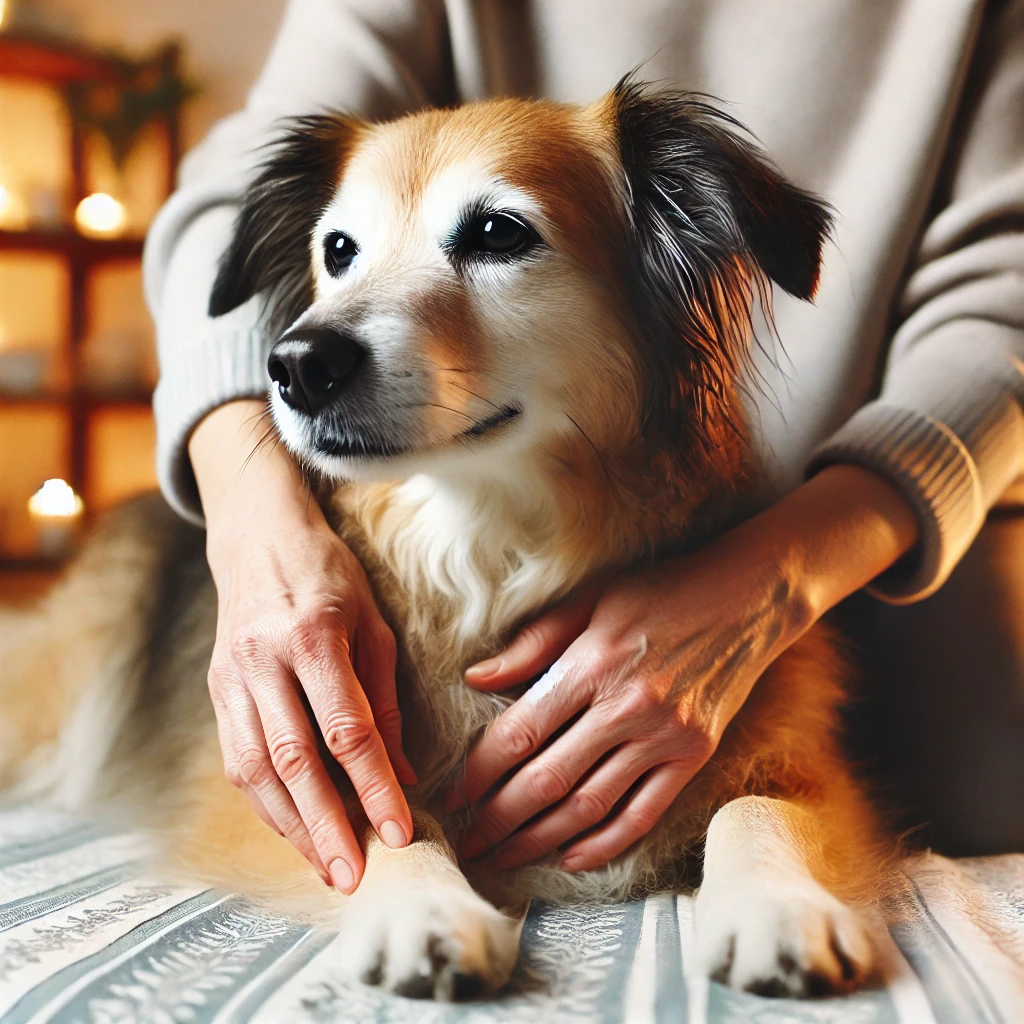
3. Dog Nutrition and Diet
What Fruits Can Dogs Eat?
While dogs are primarily carnivores, they can enjoy certain fruits as healthy treats. Here’s a list of dog-friendly fruits and their benefits:
- Apples: Rich in vitamins A and C, fiber, and antioxidants. Remove seeds and core.
- Bananas: High in potassium, vitamins, biotin, fiber, and copper. Serve in moderation due to high sugar content.
- Blueberries: Packed with antioxidants and fiber. Can be given fresh or frozen.
- Strawberries: Contain vitamin C, fiber, and teeth-whitening enzymes. Remove leaves.
- Watermelon: Hydrating and rich in vitamins A, B6, and C. Remove seeds and rind.
- Cantaloupe: High in vitamins A and C, beta-carotene, and fiber. Remove seeds and rind.
- Pineapple: Contains vitamins, minerals, and bromelain enzyme. Serve in small amounts.
- Pears: Good source of vitamins C and K, and fiber. Remove seeds and core.
Always introduce new foods gradually and in small quantities to avoid digestive upset. Some fruits to avoid include grapes, raisins, cherries, and avocados, as they can be toxic to dogs.

Why Do Dogs Eat Grass? (Nutritional Perspective)
While we touched on this earlier from a behavioral standpoint, it’s worth revisiting from a nutritional perspective:
- Fiber Source: Grass can provide additional fiber, which may aid digestion.
- Micronutrients: Some experts believe dogs may instinctively seek out certain micronutrients found in grass.
- Digestive Aid: The texture of grass may help with the passage of stool or alleviate an upset stomach.
- Natural Behavior: Wild canines often consume small amounts of plant matter as part of their diet.
If your dog frequently eats grass, consider discussing their diet with your veterinarian to ensure they’re receiving all necessary nutrients. Additionally, ensure that any grass your dog has access to is free from pesticides or other harmful chemicals.
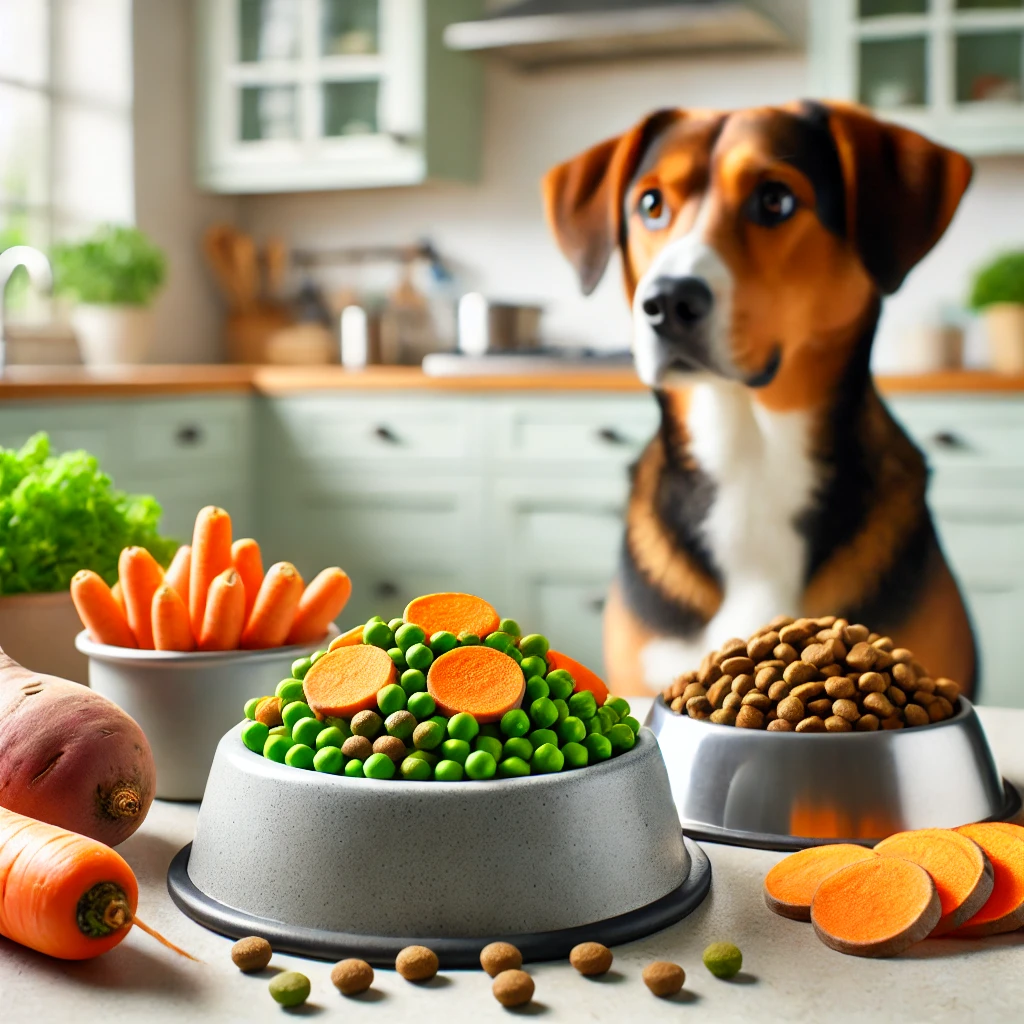
4. Dog Grooming and Care
How to Trim Dog Nails
Proper nail care is essential for your dog’s comfort and health. Here’s a step-by-step guide to trimming your dog’s nails:
- Choose the Right Tools: Use dog-specific nail clippers or a grinder designed for pets.
- Create a Positive Association: Introduce the tools gradually, offering treats and praise.
- Position Your Dog Comfortably: Have your dog sit or lie down in a well-lit area.
- Locate the Quick: The quick is the pink part of the nail containing blood vessels. Avoid cutting into this area.
- Trim Small Portions: Cut small sections at a 45-degree angle, checking frequently to avoid the quick.
- Use Styptic Powder: Keep this on hand in case you accidentally cut the quick.
- File for Smoothness: Use a nail file to smooth any rough edges.
- Reward Your Dog: Offer treats and praise throughout the process.
- Frequency: Trim nails every 2-4 weeks, depending on your dog’s activity level and nail growth rate.
If you’re uncomfortable trimming your dog’s nails, consider seeking help from a professional groomer or veterinarian.
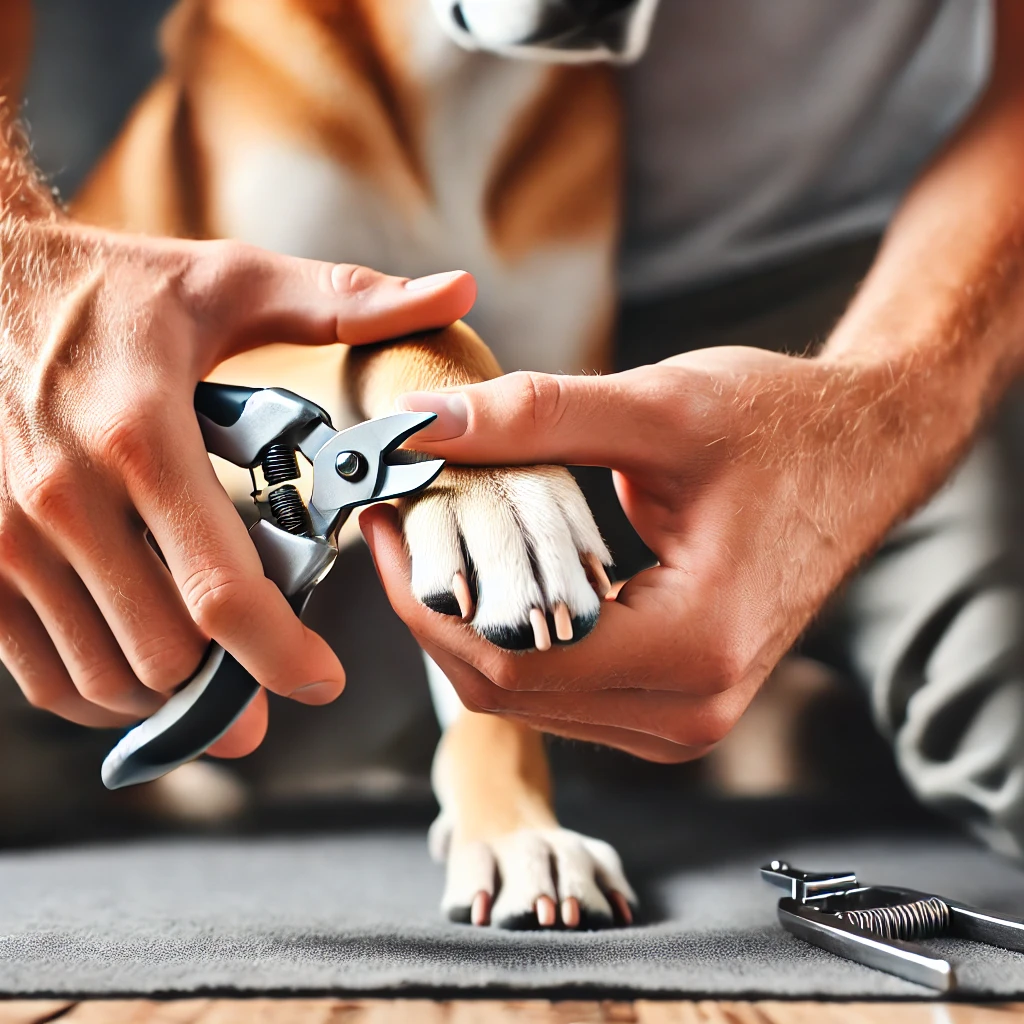
What Colors Can Dogs See?
Understanding canine color vision can help us better interact with our pets and choose appropriate toys and accessories:
- Dichromatic Vision: Dogs have two types of cone cells in their eyes, compared to humans’ three, making them similar to humans with red-green color blindness.
- Blue and Yellow Spectrum: Dogs primarily see colors in shades of blue and yellow.
- Grays and Browns: Colors like red, green, and orange appear as varying shades of gray or brown to dogs.
- Enhanced Night Vision: Dogs have more rod cells in their eyes, allowing for better vision in low light conditions.
- Motion Sensitivity: Dogs are more attuned to detecting motion than distinguishing colors.
- Depth Perception: Dogs have good depth perception due to the positioning of their eyes.
When selecting toys or training aids for your dog, consider using blue or yellow colors for better visibility. Remember that while color vision is limited, dogs rely heavily on other senses like smell and hearing to interpret their environment.
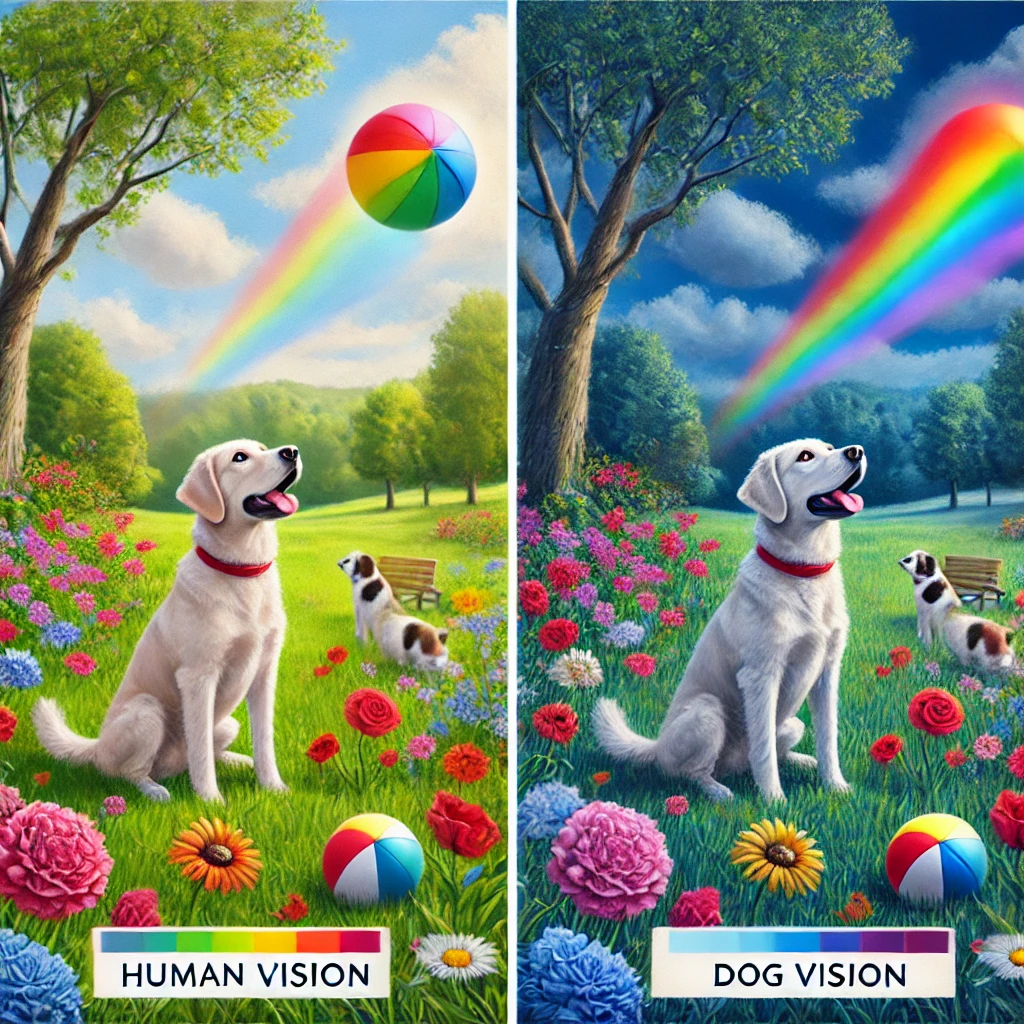
5. Estimating Your Dog’s Age
How Old Is My Dog?
Determining the age of a dog, especially adopted or rescued pets, can be challenging. Here are some factors to consider:
- Teeth:
- Puppies have all their baby teeth by 8 weeks
- Adult teeth come in around 7 months
- Yellowing may start around 1-2 years
- Wear and tartar build-up increase with age
- Coat:
- Graying around the muzzle and eyebrows often starts around 7-10 years
- Coat may become coarser or thinner with age
- Eyes:
- Slight cloudiness or “lenticular sclerosis” may appear around 6-8 years
- Cataracts are more common in older dogs
- Energy Levels:
- Generally decrease with age, but vary by individual and breed
- Muscle Tone:
- May decrease with age, especially if the dog is less active
- Hearing and Vision:
- May decline in senior dogs
- Joint Health:
- Stiffness or difficulty moving can indicate advanced age



